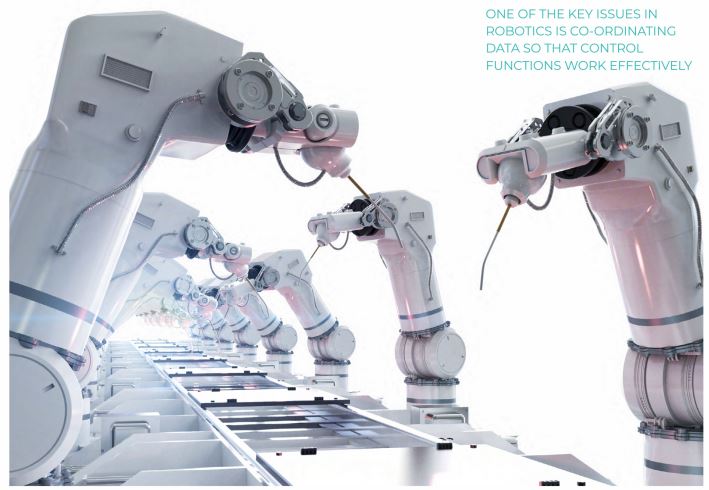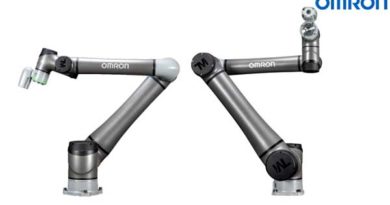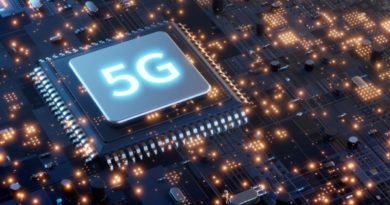Custom sensor assemblies Solutions for Robotic and Cobotic
THE CHALLENGE
Why do we have robots? A lot of good reasons spring to mind. They can be grouped around activities, environments, productivity, and economics.
Some activities are repetitive and boring. Tightening the wheel nuts may well be an essential step on a car production line, but its not an activity that
can be classified as a “fulfilling career option”. At the other end of the scale, there are activities that are complex and difficult. But add the element of
repetition back in, and the frustration returns. How much better to delegate repetitive tasks such as machining and milling to CNC machines and set
the human imagination free to experiment with new ideas. There are many work environments that people find unpleasant. Places where there is too much heat or cold, humidity or aridity, noise or vibration, for example. Some environments pose an inherent health risk: paint booths, nuclear reactors, volcanoes, polar regions.
And then there are work environments that are downright dangerous: mines, deep sea operations, higher altitudes, outer space. Instead of risking
life and limb, we can build robots to handle such environments. Productivity is a great reason for having robots. Machines can perform work faster, more accurately, with greater consistency than humans. And they require less downtime. Taken collectively, these ideas add up to a strong economic argument for robots. Robots that do work that people don’t want to do, and produce greater value than the costs of ownership and operation, are a benefit to society. There is one other reason why we have robots: human curiosity. The simple fact is, some people get an enormous kick out of designing elegant solutions to sophisticated problems.
THE RESPONSE
Robots as we know them today are a combination of computer science and engineering. Sensors gather data about the environment; a controlling
program determines how and when the robot will act; actuators implement the action; sensors gather data about the interaction and provide feedback to the controlling programme, Repeat infinitely, in real time. That simple phrase – ‘sensors gather data’ – hides enormous complexity. Each sensor must observe the signals it was designed for, reliably and accurately. But control algorithms are seldom about just one piece of data – multiple signals must be transformed into actionable data and forwarded to the controller. At HBK, our expertise lies in sensors that measure torque, force, mass, pressure. One of the key issues in robotics is co-ordinating data so that control functions work effectively.
The issue of sensing and programming becomes more complex the moment humans come near. The idea of a robot as a helper – a Co-Bot (collaborative robot) – introduces additional safety parameters. Robots must not move with a torque that would injure a person, so sensors must react faster, actuators must decelerate more quickly. These aspects, too, have been discussed and agreed internationally: IEEE as well as ISO have issued standards. The issues become even more complex when the autonomous robot – controlled by an Artifial Intelligence (AI) program – ventures into public life. For although it must act independently of its programmers, the robot may in practice inherit assumptions and biases that reflect the programming teams’ definition of ‘normal’, ‘acceptable’ or ‘desirable’ decisions. Leading institutions such as the IEEE, as well as universities like Stanford and MIT, now recognise ‘Robot Ethics’ as an important field.

WHY CHOOSE HBK AS PARTNER FOR OEM CUSTOM SENSOR
By embedding sensors into a product, engineers can monitor and measure the force, pressure, or load on a component. Design engineers use the
information resulting from collected sensor signals to build ‘intelligence’ into products: systems monitoring, automatic control, performance optimization, autonomous operation, and other ‘smart’ behaviours. When standard sensors don’t fit the job, HBK will create custom OEM sensor solutions to deliver the data that is essential for real-time feedback and control. Innovative OEMs (Original Equipment Manufacturers) choose HBK as their partner because we provide a full-service solution for sensors based on strain gauges:
• Custom sensor design
• Rapid prototype development
• Scalable manufacturing of quality components



